Review : Volvo XC90 I ( 2002 - 2016 )
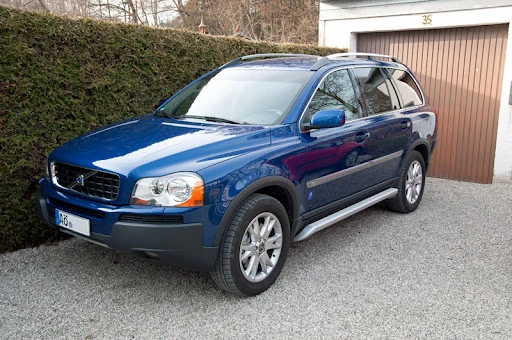
Famous for being as the only car in which no one died, the Volvo XC90 I has been due to enter the Autodrivel ring for some time. Sure, you will get out alive from most crashes, but what about your wallet? Will it survive the original XC90?
The Volvo XC90 I represents the challenges of a small-mid car manufacturer that doesn't have a terribly great budget for development. If we think about it, the Volvo XC90 I was on the market for 12 years, well beyond the average lifespan in the automotive industry. Coming out with 12 years of production means being a forgotten car, like the VW Sharan, but which occasionally receives love because Volvo and at Volvo things are always done differently.
We had a facelift in 2007 and 2009, sure, but the Volvo XC90 I got improvements every year, just that they weren't officially announced because that's how Volvo did it with their own cars. So, the first rule when buying a Volvo XC90 I, or any Volvo from the 2000s, is to buy the newest year possible because there are technical updates every year.
It's built on the P2 platform, so the XC90 is a Volvo proper alongside the original S80 and the S60. And like those two cars, the first XC90 is not really an off-road car, it's more a family bus. No, you won't be doing much off-roading in an XC90. In fact, you won't do any off-roading with many XC90s because all-wheel drive was optional, so you will find many XC90s with front-wheel drive only and possibly a manual transmission. Basically, the XC90 was the first 7-seat crossover the size of a Land Cruiser. A car truly ahead of its time.
How come no one has ever died in an XC90?
- First of all, you have the size. These cars are generally very poor at avoiding crashes but they do very well when that crash happens. And the Volvo XC90 I is one of the largest SUVs of it's time. It was bigger and taller than a Touareg and was very comparable to a Range Rover in terms of size. Basically, anything that was smaller than a Range Rover or a train did not pose a real threat to your health.
- Then there's Volvo's well-established safety systems. As if the car's 5,000 tons weren't enough to make you want to smash through the unfortunate car that's in your path like a brick through a window, the Volvo XC90 comes packed with more safety systems than Dorian Yates is packed with muscle.
- And finally we have the soft character of the XC90. The XC90 is definitely not a sports car and you will never drive aggressively enough to be in danger of crashing, but rather there is a high chance that you will be the victim. And to put it bluntly, many XC90s did not go fast enough because they were constantly in service shop.
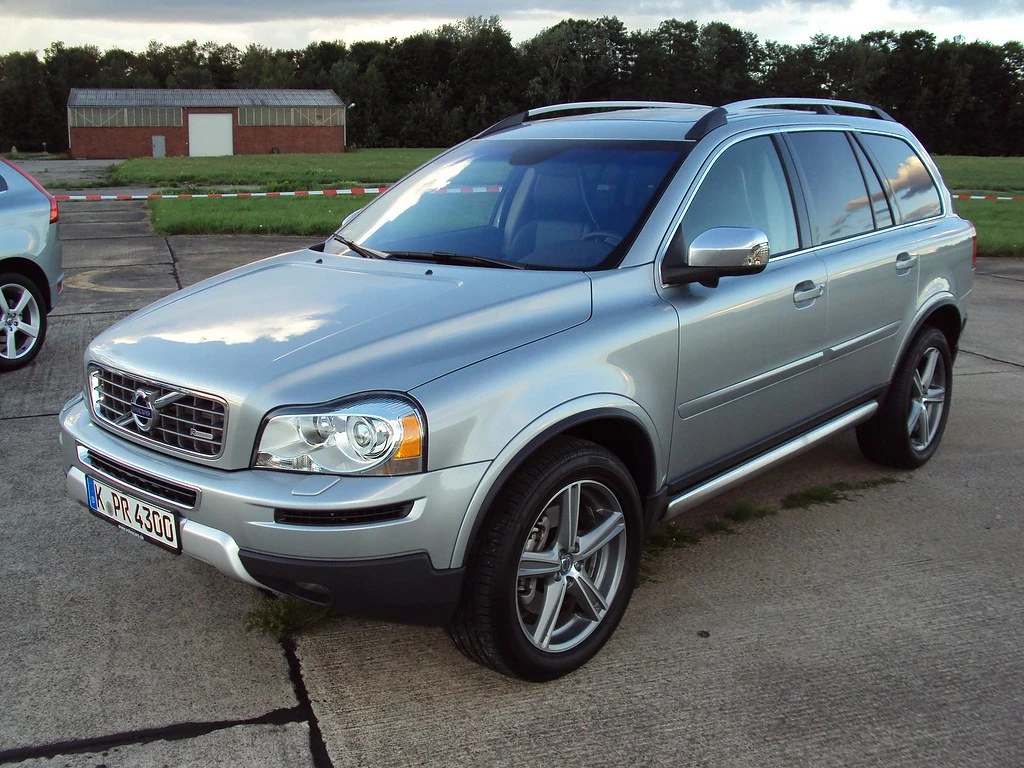
Volvo XC90 I Engines
Petrol
- 2.5 Turbo B5254T2 of 208 horsepower – Just as the Duster 1.0 petrol is a Sandero on stilts, so an front-wheel drive and manual gearbox XC90 2.5 Turbo petrol is just a raised S80. In any case, many prefer this engine for the simple fact that it is reliable and has no specific issues. However, it does not cope with the XC90 body and you will not run anywhere with this engine except to the filling station.
- 2.9 Turbo B6294T of 272 horsepower – This is one of the cheapest XC90s you will see for sale and that is because it only came with an automatic transmission, unlike the 2.5 Turbo which also came with a manual transmission. And this 3.0 Turbo (only this engine) was linked to a GM 4-speed automatic transmission that could not cope with the engine power and was essentially single use. This engine is to be avoided. I mean not necessarily the engine as much as the automatic transmission but you have no other option.
- 3.2 B6324S5 of 235 and 245 horsepower – American love with this engine and there is a heated discussion among owners about 2.5 Turbo vs 3.2 N/A petrol. The 3.2 is less reliable but at least it runs properly but the oil and fuel economy are worse and then you have the taxes. But most importantly you have the aux belt mounted behind the engine so for any operation there you will have to remove the engine which is not so fun.
- 4.4 V8 B8444S of 311 horsepower – An exotic engine, designed by Volvo and built by Yamaha. Very hard to find and equally expensive to run, and the balance shaft is a joke and I learned from Mercedes that it is an costly repair. Only with this engine it is even more expensive because it is an exclusive engine and often a broken balance shaft means the forced retirement of the car.
Diesel
2.4D D5244T of 163, 182 and 191 horsepower – By far the most popular in Europe and the most balanced for the XC90, the D5 is a pretty good and reliable engine. Sure, it has occasional injector failing but that's about it. That's just what you could say in your youth, today in 2021 you will have to constantly pour money into it.
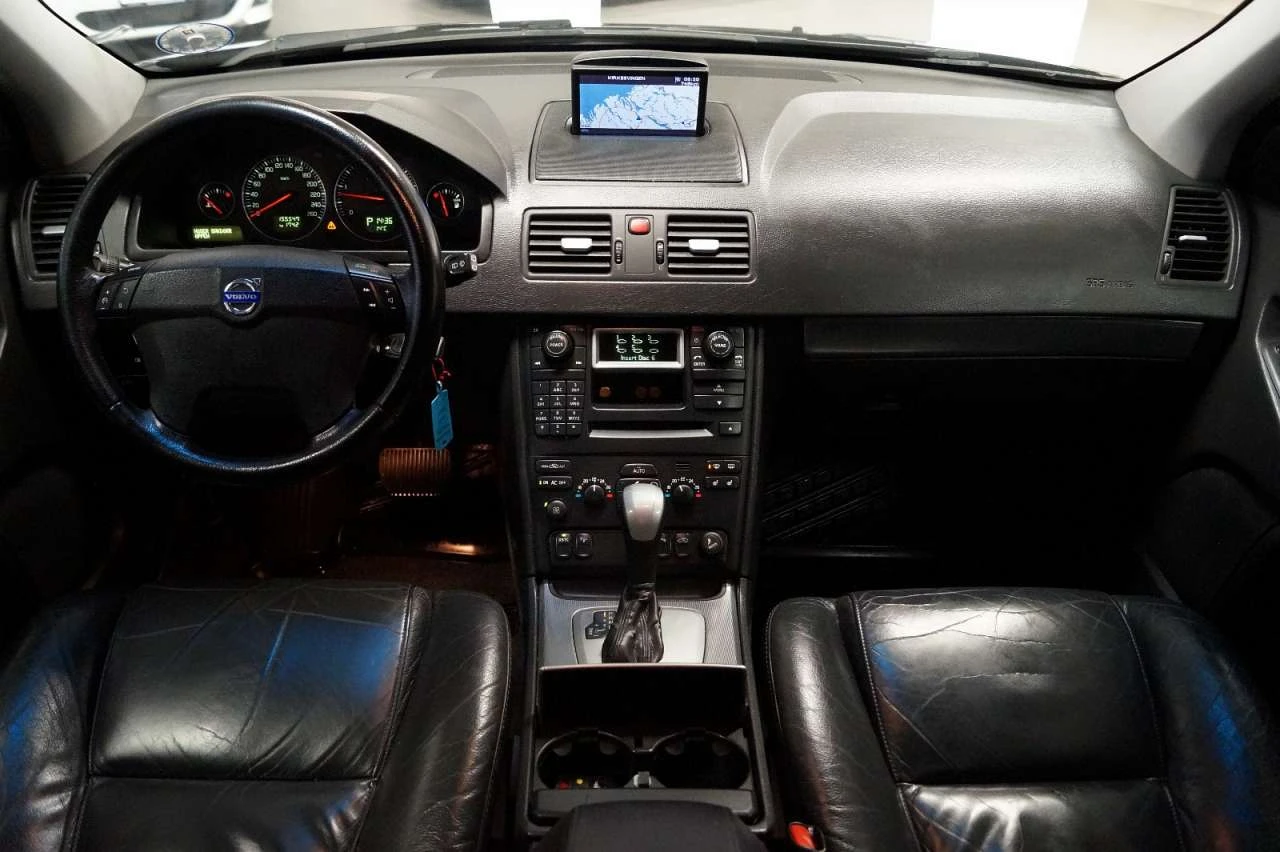
Volvo XC90 I Reliability Issues
- I'll start with the most serious one, namely that most Volvo XC90s are expensive to run. Maintenance is very expensive on this car and most owners have taken a discount on maintenance. This means that either you find a lemon and drive it to the ground, or you put a lot of money into it to keep it afloat.
- The AWD system comes with multiple issues, if you have AWD in the first place. First of all, the rear axle no longer communicates with the driveshaft because the teeth are worn and no longer engage the driveshaft. And if that's not the issue, then you also need to look at the center differential because it also has a habit of suddenly retiring.
- The ABS system will be constantly working on your nerves, from the wheel speed sensors to the ABS pump, so get ready.
- It's a heavier car than realizing that the good times will eventually end. That means a huge amount of stress on tires, brakes, and suspension, parts that you'll be constantly replacing. And if you think about the fact that the smallest rims are 18″ and that tires cost from 100 quid a piece and up, you start to get an idea of the running costs of this behemoth.
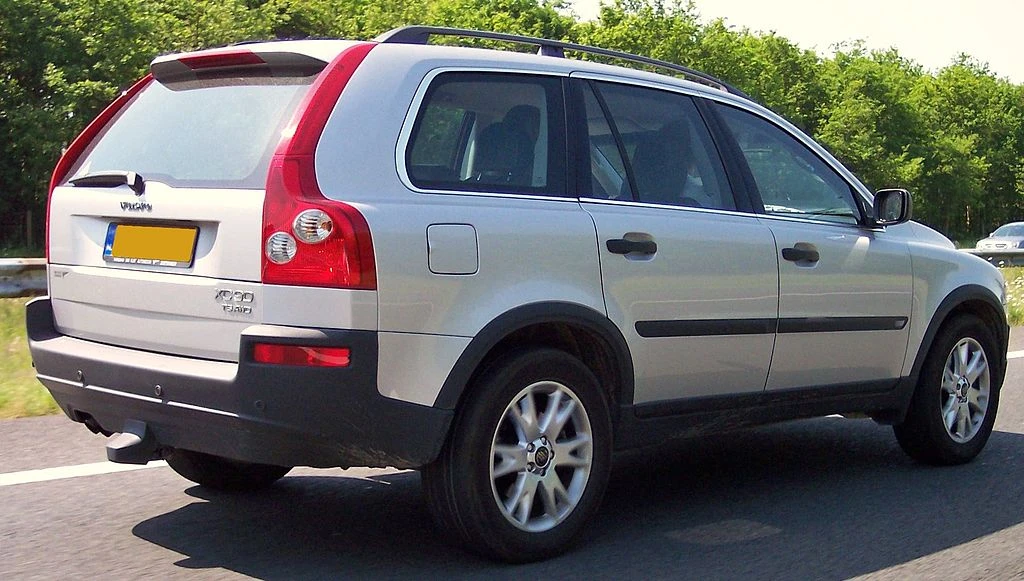
Volvo XC90 I Verdict
As big, safe and practical as it is, it is also expensive to run. But at least it is an excellent family car, if you suffer from traffic paranoia and think that everyone wants to throw themselves kamikaze at you. But they won't, because you have size on your side. Even the back seats are 2 miles away from impact, in case a car hits you from behind. No, it is not a macho car and it is not a car to make donuts in the parking lot, but it is a hilariously comfortable, hilariously big, hilariously safe and hilariously expensive to run.
Which engines do I recommend? For petrol power I will go with the 2.5 Turbo of 211 horsepower, manual or automatic, and for diesel, clearly the 2.4 diesel of 163 horsepower.
Similar Articles

Review : Volvo XC90 I ( 2002 - 2016 )

Review : Alfa Romeo Giulia 952 ( 2015 - present )
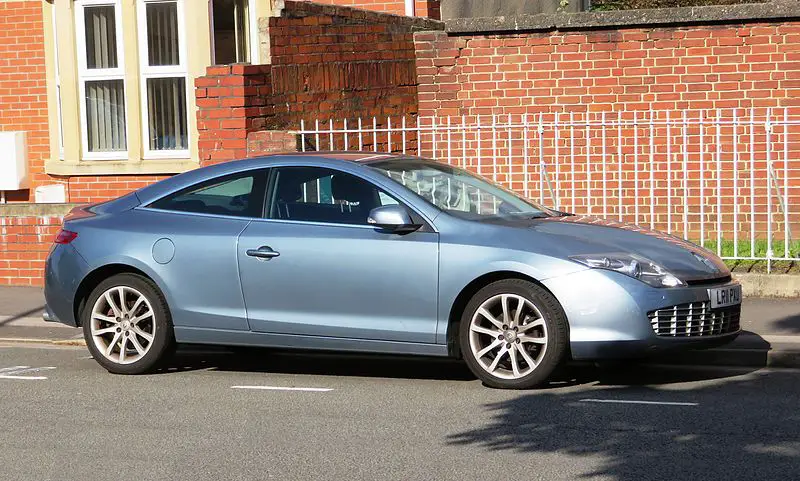
Review: Renault Laguna III ( 2007 – 2015 )
Write an answer
- Review : Volvo XC90 I ( 2002 - 2016 ) 12 April 2025
- Review : Alfa Romeo Giulia 952 ( 2015 - present ) 01 April 2025
- Review: Renault Laguna III ( 2007 – 2015 ) 24 July 2022
- April 2025
- March 2025
- February 2025
- January 2025
- December 2024
- November 2024
- October 2024
- August 2024
- July 2024
- June 2024
- May 2024
- April 2024
- March 2024
- February 2024
- January 2024
- December 2023
- November 2023
- October 2023
- September 2023
- August 2023
- July 2023
- June 2023
- May 2023
- April 2023
- March 2023
- February 2023
- January 2023
- December 2022
- November 2022
- October 2022
- September 2022
- August 2022
- July 2022
- June 2022
- May 2022
- March 2022
- April 2021
- January 2021
- December 2020
- November 2020
- October 2020
- September 2020
- August 2020
- July 2020
- March 2020